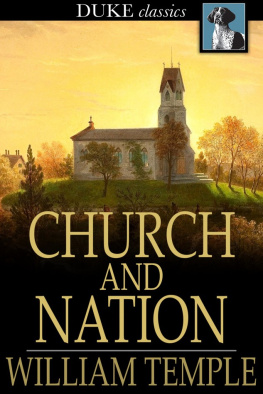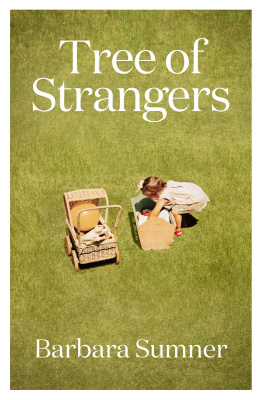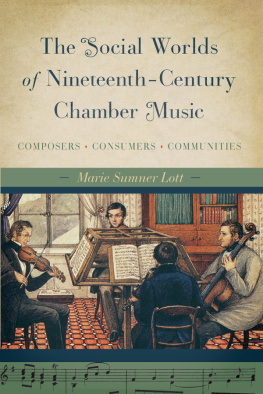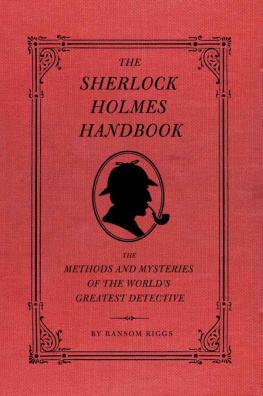The Church of England and Divorce in the Twentieth Century
Attitudes toward divorce have changed considerably over the past two centuries. As society has moved away from a Biblical definition of marriage as an indissoluble union to that of an individual and personal relationship, secular laws have evolved as well. Using unpublished sources and previously inaccessible private collections, Holmes explores the significant role the Church of England has played in these changes, as well as the impact this has had on ecclesiastical policies. This timely study will be relevant to ongoing debates about the meaning and nature of marriage, including the theological doctrines and ecclesiastical policies underlying current debates on same-sex marriage.
Ann Sumner Holmes is Associate Dean of the Ogden Honors College at Louisiana State University.
First published 2017
by Routledge
711 Third Avenue, New York, NY 10017
and by Routledge
2 Park Square, Milton Park, Abingdon, Oxon OX14 4RN
Routledge is an imprint of the Taylor & Francis Group, an informa business
2017 Taylor & Francis
The right of Ann Sumner Holmes to be identified as author of this work has been asserted in accordance with sections 77 and 78 of the Copyright, Designs and Patents Act 1988.
All rights reserved. No part of this book may be reprinted or reproduced or utilised in any form or by any electronic, mechanical, or other means, now known or hereafter invented, including photocopying and recording, or in any information storage or retrieval system, without permission in writing from the publishers.
Trademark notice: Product or corporate names may be trademarks or registered trademarks, and are used only for identification and explanation without intent to infringe.
Library of Congress Cataloging-in-Publication Data
Names: Holmes, Ann Sumner, 1951 author.
Title: The Church of England and divorce in the twentieth century :
legalism and grace / by Ann Sumner Holmes.
Description: 1st [edition]. | New York : Routledge, 2016. | Includes
bibliographical references and index.
Identifiers: LCCN 2016030685 (print) | LCCN 2016033077 (ebook) |
ISBN 9781848936171 (hardcover : alk. paper) | ISBN 9781315408507
Subjects: LCSH: DivorceReligious aspectsChurch of England. |
Church of EnglandInfluence. | DivorceEngland.
Classification: LCC BX5149.M3 H65 2016 (print) | LCC BX5149.M3
(ebook) | DDC 261.8/358908828342dc23
LC record available at https://lccn.loc.gov/2016030685
ISBN: 978-1-848-93617-1 (hbk)
ISBN: 978-1-315-40850-7 (ebk)
Typeset in Sabon
by Apex CoVantage , LLC
For Wendell
Forever
Contents
I have been studying the subject of divorce in England for quite some time, and many individuals have helped me with my research. In England Lord McGregor of Durris (formerly O. R. McGregor), Cyril Glasser, and Stephen Cretney met with me, recommended sources, and advised me. I am grateful to Stephen Cretney for sharing his own research and for explaining the intricacies of English divorce law. In the UK, also, I would like to thank the staffs of the libraries at Durham Cathedral and Lambeth Palace for their assistance. Dr Rachel Cosgrave at Lambeth has been especially helpful. Quotations from the Henson diaries appear by kind permission of the Chapter of Durham Cathedral, and Lambeth Palace Library has granted me permission to cite the sources that I found in their archives.
I can never adequately express my appreciation to Helen Oppenheimer. She graciously welcomed me into her home and shared her personal papers and memories with me. As a member of various Church of England commissions that explored questions regarding divorce in the 1960s, 1970s, and 1980s, Lady Oppenheimer was a valuable source of information. She has granted me permission to quote from her papers and from our conversations, both in person and through correspondence. Lady Oppenheimer also read the entire manuscript, when it was much longer than it is now, and her comments and advice have been invaluable to me. She emphasized the significance of the role of Gordon Dunstan in the debates over divorce. His son, the Very Reverend Gregory Dunstan, has kindly granted me permission to quote from his fathers papers, both in Lady Oppenheimers collection and in the archives at Lambeth.
I am grateful to Louisiana State University for granting me two sabbaticals to travel to do research and to write. Two successive Deans of the LSU Honors CollegeNancy Clark and Jonathan Earlehave encouraged and supported me in this project. In years past several undergraduate assistants helped me with the collection of documents for my research. I would like to thank Sarah Perkins Reid, Leslie Bourgeois, Tommy Jacobi, Ryan Gregoire, and George Holmes for their help in this regard.
I am grateful to friends and colleagues who have offered helpful advice and suggestions. They include Alisa Plant, Paul Freedman, Martha Vicinus, Ed Henderson, Ann Loades, Lee Ann Lockridge, Anne Loveland, and Bill Worger. I am especially grateful to Meredith Veldman for her valuable comments after she had read the manuscript. The kind hospitality of John and Virginia Noland made my research trips to London very comfortable indeed.
The support of my family has been essential to my work. My two sons, Sumner and George, have enriched my life immeasurably and taught me the meaning of unconditional love. I could never have completed this project without the patience, selflessness, unwavering support, and encouragement of my husband Wendell. A lifetime is not enough to express my love and appreciation to him.
In April of 1895, spectators disrupted a wedding at St. Marks Church, North Audley-street, London. The groom, Theodore Brinckman, had been identified as the guilty party in an undefended divorce suit. When the engagement of Mr. Brinckman to Miss Linton, the stepdaughter of Lord Aylesford, was publicized, several Churchmen petitioned the Bishop of London not to allow the ceremony to take place in a church. After the Bishop of London declined to reply to those petitions, representatives of the English Church Union decided to stage a public protest. Father William Black, the most vocal of the group, protested when the bridal party took their places at the chancel. When the Reverend Ker Gray, who was officiating, said If any man can show any just cause why they may not lawfully be joined together, let him now speak, Father Black attempted to read a statement that one of the parties has his canonical wife living, and therefore his marriage with any other person is contrary to the law of God and to the doctrine and discipline of the Church of England. The interruption caused a commotion and evoked expressions of sympathy for the bride. The Reverend Ker Gray stated that he had the Bishops mandate, and concluded the service. Police outside the church controlled the crowd, but the protesters were loudly hissed as they departed.
Remarriage after divorce in the Church of England was once controversial enough to evoke such public protest. Guided by the injunction in the Gospel of Mark, What therefore God hath joined together, let not man put asunder (Mark 10:9), the post-Reformation Anglican Church, through the ecclesiastical courts, enforced the view that marriage was indissoluble. That position, however, became more difficult to maintain after the Divorce Act of 1857 made divorce available in English secular courts. Although the statute clearly indicated that marriages could be legally dissolved, the Church continued to define marriage as a lifelong union.









